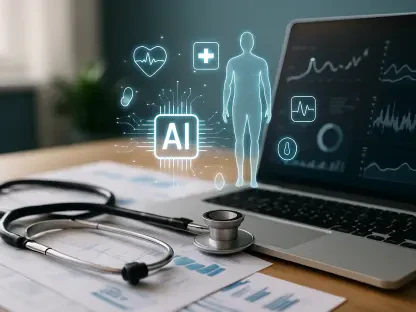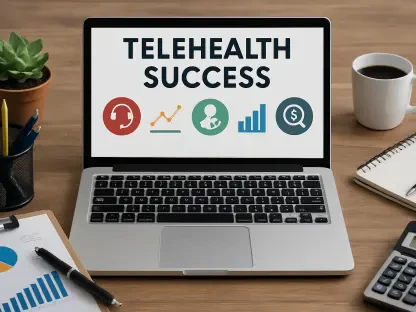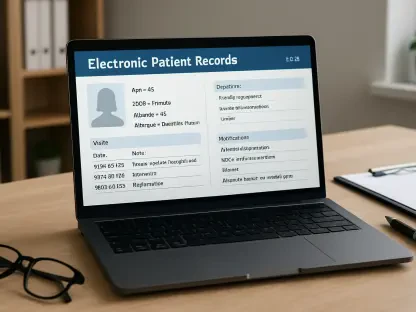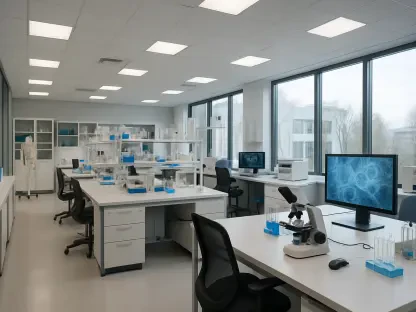In a world where healthcare workers struggle under the weight of endless paperwork and administrative duties, technology offers a glimpse of hope. Could artificial intelligence (AI) be the remedy for burnout, particularly in post-discharge patient care? The integration of AI in healthcare is revolutionizing the industry, but its potential remains untapped in many areas. Even as hospitals adopt cutting-edge technology, the question of maintaining personal patient connections lingers.
Unearthing the Need for Innovation
The pandemic’s aftermath has exacerbated burnout among healthcare workers, amplifying the call for change. With growing administrative tasks, clinicians find themselves confined to desks, stifling their ability to deliver quality patient care. As healthcare systems pivot toward efficiency, balancing demands remains a crucial challenge. Modern solutions must not only alleviate workloads but also prioritize patient-centered care to ensure optimal outcomes.
UHS Leverages AI for Elevated Care
Universal Health Services (UHS) has pioneered a transformative approach, partnering with Hippocratic AI to address these challenges. A groundbreaking pilot at facilities like Summerlin Hospital Medical Center and Texoma Medical Center underscores this initiative. Generative AI agents have been implemented to conduct follow-up calls with former patients, ensuring their health and addressing any medication concerns. This system acts as a bridge; patients can still reach human nurses when needed. Garnering positive feedback, this innovation achieved an average satisfaction rating of 9 out of 10.
Exploring Expert Insights on AI’s Role
Marc Miller, UHS President and CEO, has expressed enthusiasm about the pilot program’s achievements. “This innovation is a promising step toward enhanced patient interactions,” he asserts, highlighting the AI’s efficiency. However, while experts acknowledge AI’s potential, concerns persist about its capabilities and limitations. Anecdotes from nurses and feedback from patients provide valuable insights into the human-AI interaction, capturing a range of experiences in healthcare’s evolving landscape.
Charting the Future: Practical Steps and Considerations
Looking forward, UHS plans to integrate AI technology into more hospitals, setting sights on over ten additional locations, with aspirations to eventually encompass all 29 acute care hospitals. The ambition is evident, but challenges loom regarding scalability. How do we maintain the personal touch in patient care amidst digital transformation? Balancing technological growth with empathy and compassion is key. Strategic integration will be vital, ensuring AI serves as a complement, not a substitute, for quality human care.
As healthcare braces for continued evolution, the path ahead is both promising and uncertain. The integration of AI in post-discharge care highlights how technology can transform healthcare delivery. However, thoughtful implementation remains essential to maintain compassion and empathy alongside technological efficiency. Navigating this journey requires careful planning and open-mindedness to maximize AI’s benefits and mitigate its limitations, thereby charting a course toward a balanced future in healthcare.









